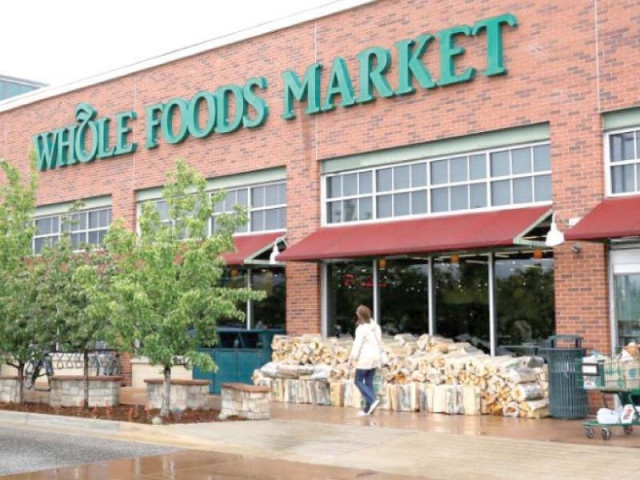Amazon Inc enters untested waters after acquiring Whole Foods Market Inc
Large-scale investments in storage required to reshape grocery delivery

Facilities for distributing fresh food are far more complicated than ordinary warehouses. PHOTO: REUTERS
This is something Wal-Mart Stores Inc and other competitors have already done. Whole Foods, with a relatively small distribution footprint of its own, does little to change the picture for Amazon, they said.
Amazon has a little more than 3 million square feet of US Warehousing dedicated to its existing AmazonFresh and Prime Pantry grocery programs - a tenth of the warehouse space Wal-Mart has for specialised food distribution, according to logistics consulting firm MWPVL International Inc.
“AmazonFresh really was for lack of a better word an after-thought,” said Brittain Ladd, who until March was a senior manager for the grocery delivery program, which launched in 2007. One key to Amazon’s success in general retail sales has been its speed in delivering products to consumers, facilitated by warehouses located strategically throughout the United States.
As of 2016, the company had about 100 million square feet of space in its fulfilment and data centres, some of it outfitted with state-of-the-art robotics to boost efficiency. Facilities for distributing fresh food are far more complicated than ordinary warehouses. A single facility can need a half dozen or more temperature settings to house products from Popsicles to berries.
“It’s a peanut. It’s nothing,” MWPVL President Marc Wulfraat said of Whole Foods’ distribution. Industry experts estimate Amazon would have to add a dozen or more grocery warehouses, particularly if it wants to supply Whole Food stores in addition to homes.
The cost to do that is unclear. They said Amazon would likely continue to rely on United Natural Foods Inc to supply Whole Foods with hard-to-source products, but would probably aim to cut costs and handle more of the distribution for conventional items.
Published in The Express Tribune, June 25th, 2017.
Like Business on Facebook, follow @TribuneBiz on Twitter to stay informed and join in the conversation.



















COMMENTS
Comments are moderated and generally will be posted if they are on-topic and not abusive.
For more information, please see our Comments FAQ